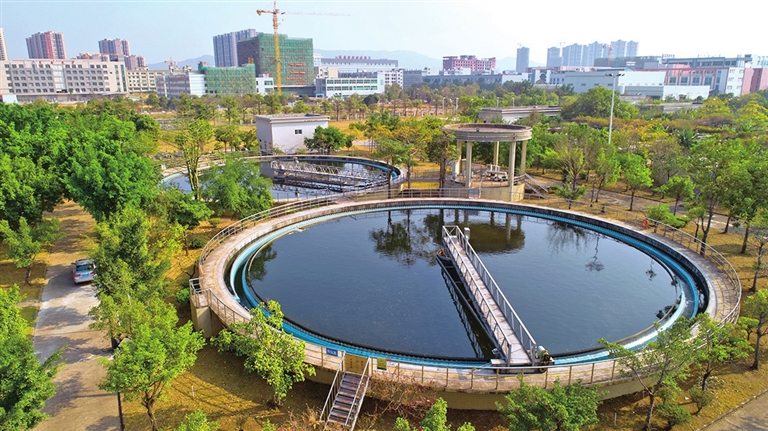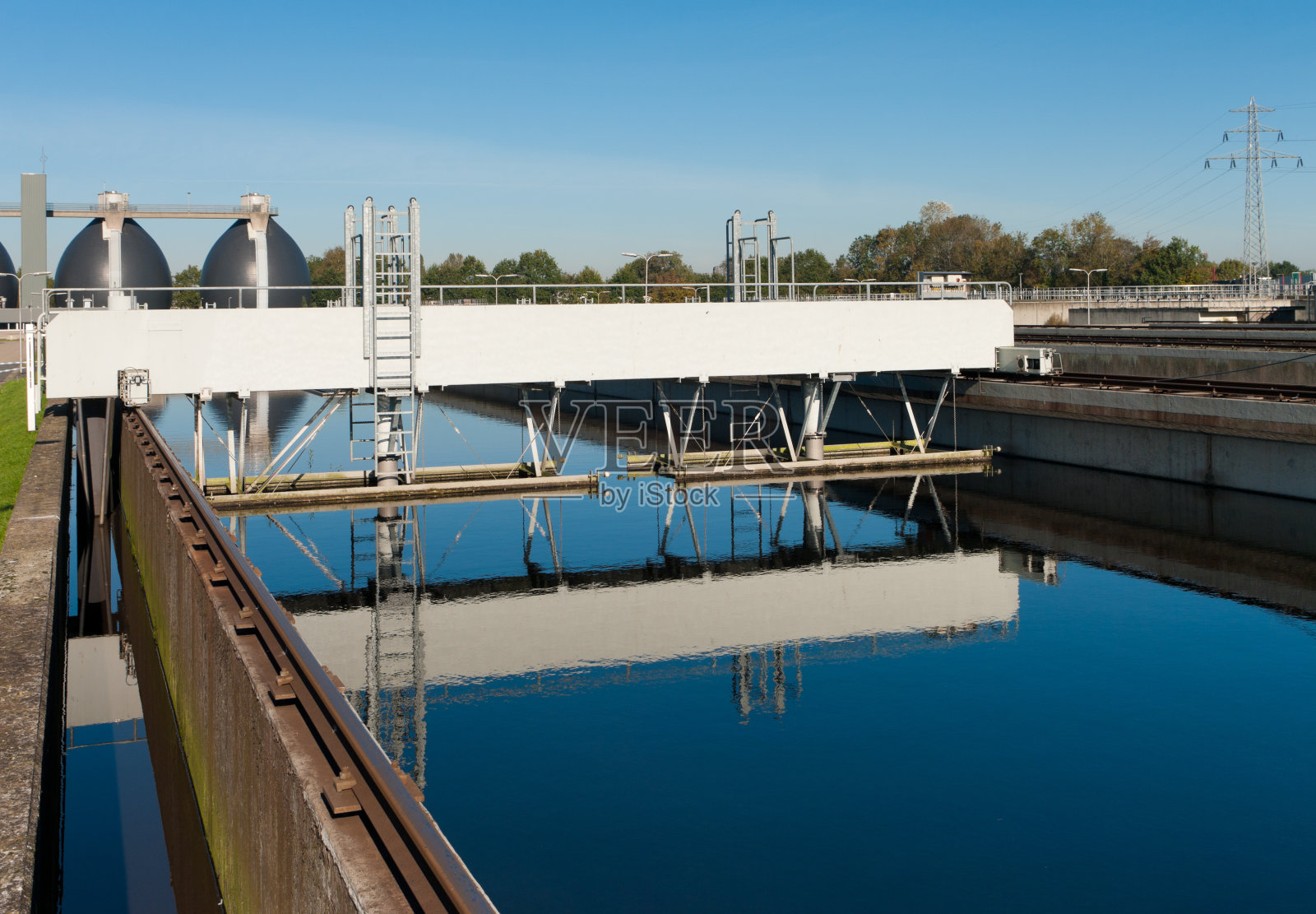 Drying Technology
Drying Technology
Keywords: sludge dryer company、Wastewatertreatment、Municiple sludge
Status and future development of sludge drying technology
According to the number of conveyor belt layers, it can be divided into single-layer belt type, multi-layer belt type and multi-level belt type. The multi-layer belt dryer is a commonly used belt dryer, and the number of layers is usually 3 to 5 layers. It is usually used for low drying speed requirements, long drying time, and process operating conditions (such as drying medium flow rate, temperature and humidity, etc.) can be kept constant. According to the temperature of the heating medium, it can be divided into low temperature belt type and medium temperature belt type. When the belt-type sludge dryer was first popularized, it basically adopted the low-temperature drying method. Due to the low drying temperature, a large amount of air needs to be blown in during operation, the floor space is large, and the power consumption of the blower is large. With the continuous research and development of belt dryer technology, the medium temperature belt type has begun to occupy the market. The new belt sludge dryer on the market basically adopts the medium temperature drying method, and the temperature is usually higher than 100 ℃.
The belt dryer has high safety performance and low risk of dust incineration. During drying, the material is slowly conveyed through the belt, and is not affected by mechanical extrusion, friction and cutting, and generates little dust; the sludge has wide applicability and equipment Stable operation, high utilization rate, various heat sources are used, including natural gas, fuel oil, steam, hot water, heat transfer oil, and even cooling water and exhaust gas of gas engines; no need for dry mud back mixing, it can achieve semi-drying of sludge The moisture content of the sludge can be set freely, and the use is flexible; it has a wide range of uses. Since the 1990s, belt dryers have been increasingly used for drying biosolids , such as granular , drying processing of strip, flake, block, block, stem, slag and other materials.

Low temperature belt drying
The flow chart of low temperature belt drying is shown in Figure 1. The dewatered sludge passes through the sludge automatic extrusion device and is evenly arranged on the conveyor belt by gravity. During the drying process, it moves to the other side with the conveyor belt and falls to the other side. The lower conveyor belt, after heat exchange with the thermal drying circulating air, becomes dry sludge and then discharges the drying machine through the discharging device. The final drying degree of the sludge can be adjusted according to the requirements to achieve semi-drying or full drying. The hot air circulation heat exchange process is that the drying air is sucked into the heat pump and then heated up and entered into the low temperature belt dryer. It contacts with the sludge to realize convection heat exchange. The drying air temperature drops and the moisture content increases. Condensed water is formed below the dew point. After dehumidification, the air is reheated and heated up to meet the inlet requirements of the dryer. It continues to pass through the dryer to dry the sludge. The air is recycled throughout the process without waste heat discharge.

Influencing factors of belt drying
The key factors affecting the processing efficiency of the belt dryer are the circulating air volume in the dryer and the residence time of each layer of mesh belts. The sludge is in direct contact with the internal circulating air in the dryer, and the size of the circulating air volume affects the final water content of the sludge. Zhou Zhanghua studied the effect of the circulating air volume of 1000~1665 m3·min-1 on the water content of the sludge. It was found that the larger the circulating air volume, the lower the moisture content of the mud, and the better the drying effect. In addition to the circulating air volume, the residence time of the mesh belt is also a key factor affecting the efficiency of belt drying. In theory, the longer the sludge stays in each layer of mesh belts during drying, the longer the contact time with hot air, but the slow-running mesh The belt will lead to an increase in the accumulation of sludge, a decrease in the surface area, and a decrease in the drying rate, which is not conducive to drying. Some scholars have studied the effect of residence time on the drying effect of the multi-layer belt dryer, and they believe that the sludge residence time in the second layer of mesh belt is more conducive to sludge drying.